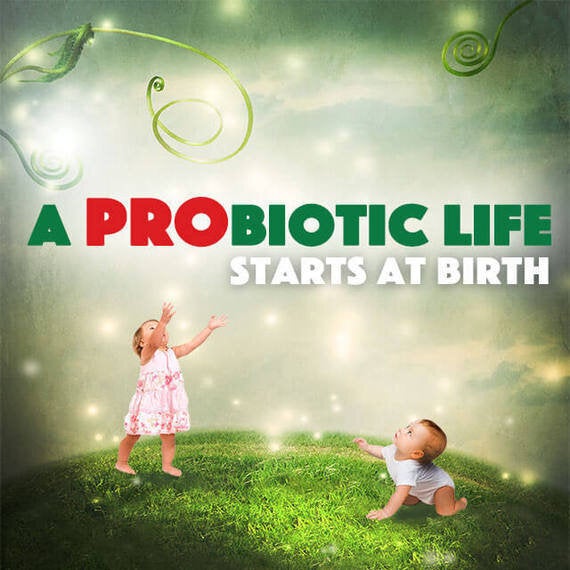When I was pregnant with my daughter seven years ago, I wrote a birth plan. If it was possible, I wanted to have a natural birth in hospital with minimum pain relief and minimum interventions.
In the event, I ended up having an emergency C-Section after four failed inductions. No-one asked about my birth plan. In fact, my birth plan remained at the bottom of my hospital bag the whole time.
My after-the-birth plan also went out the window. I planned to breastfeed on demand, to do lots of skin-to-skin, for my newborn to sleep in a cot beside me, for visitors to arrive only after day 7 and I also wanted to try reusable nappies.
In the event, my daughter caught a serious infection which meant we stayed in hospital for a week. I had problems breastfeeding and "topped-up" with formula. Skin-to-skin was problematic because I was constantly being visited by hospital staff, a persistent Bounty lady and (very welcome by then) various family members. The first reusable nappy I tried leaked everywhere so I never used them again.
Even though nothing went to plan, I felt reassured that at least I had a plan. I like plans as they force you to think about various possibilities ahead of time. But with all my heart, I wish I had known about, and had made a plan for, my daughter's bacterial exposures from birth to age three.
Together with my filmmaking partner Alex, we've spent the past three years interviewing world-leading scientists about the importance of the microbiome for human health. In our award-winning documentary MICROBIRTH, we explored the importance of early microbial exposures for lifelong health and immunity. Emerging science suggests that some prenatal exposure may occur but the single most important seeding event happens in the narrow window that surrounds birth. The film showed the optimal way to "seed and feed" a baby's microbiome is by natural birth, skin-to-skin contact and breastfeeding.
If a child is born by C-Section, this could be disrupting critical biological processes which could be why babies born by C-Section are at increased risk of developing chronic conditions later in life.
(To rent or buy MICROBIRTH - please go to http://microbirth.com)
Dr Maria Gloria Dominguez Bello, an Associate Professor from New York University, is researching the benefits of "swab-seeding" - a technique of taking a swab from the mother's vagina prior to C-Section then wiping the newborn's face with the swab once the baby is born. This would definitely have been on my birth plan as a just-in-case back-up.
But that's not the end of the story. Our new film A PROBIOTIC LIFE (working title) reveals a child's gut microbiome stabilises sometime between the ages of 2-3. This means ensuring your child has the best possible bacterial exposures from birth throughout infancy could be just as important for your child's health and immunity.
An imbalance in the gut microbiome has been linked, in some way, to an ever-growing list of health conditions; allergies, asthma, diabetes, obesity, bowel disorders, some cancers and because of a gut-brain connection, even conditions like Alzheimer's, Parkinson's and autism.
Here's a short video featuring some of the experts we've filmed to help explain the science.
So what should be on every parent's birth plan and after-the-birth plan for the best possible microbial exposures? What can we all do to protect, nurture, restore and rebalance the microbiome from birth through infancy and continuing on for the rest of your life? And what will it take to make ourselves and in particular, our kids, stronger, more robust and ultimately resistant to disease?
With your help, we hope to find out. We're crowdfunding right now to finish the film to raise awareness that whilst we all may benefit from living a life in balance with our microbes, where it seems to be most critical is that window between birth to age two to three.
Sometimes life doesn't go exactly to plan, but making a plan for your child's bacterial exposures could impact your child's lifelong health. Surely, that's the one plan worth making, isn't it?
Please support our Indiegogo campaign:
